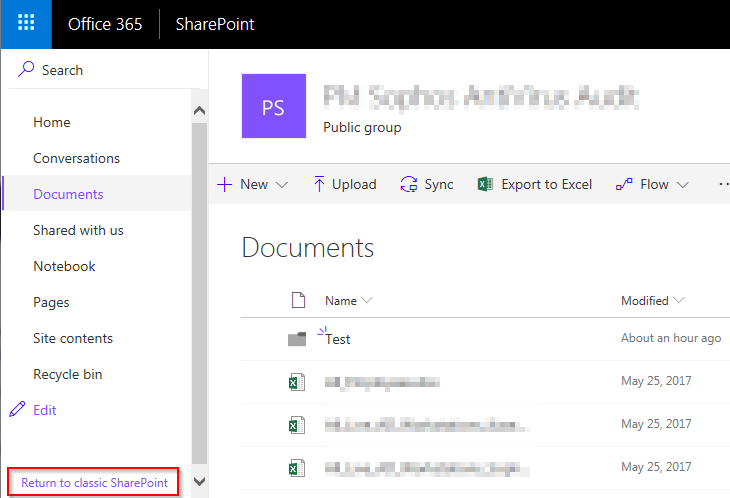

- #Sharepoint open with explorer how to
- #Sharepoint open with explorer full
The route is transformed into a web URL, which is highlighted. Toggle your mouse over the library’s name to the right.
At the top of the Explorer window, hover your mouse over the folder path. Click the Library tab > Open with Explorer on the Ribbon. In Chrome or Firefox, this technique will not work. Browse to the SharePoint library you wish to map as a drive-in Internet Explorer or Edge. I tried with permissions settings lover than this however it didn’t allow me to create the network drive. Relates back to my earlier points of having the correct permissions enabled especially on a shared document or network where you cant easily get access to change these settings. Here are the actions to take once you’ve arrived at that stage. To map the drive, you’ll require at least Visitor/read access to the library, if that wasn’t clear earlier. Step by step process – Create a network drive for your library The setup procedure has a minor stumbling block, but it’s well worth it. We get the best of both worlds by utilising SharePoint to store our data and File Explorer to access it more conveniently. And, fortunately for me (and many others with whom I’ve worked), we can also access our SharePoint material using File Explorer. When hopping between storage sites, File Explorer gives a simpler, more convenient, and generally more pleasant experience. Version history, metadata, rights, co-authoring, alarms, and the like are all fantastic features of SharePoint over utilising your hard drive, a shared drive, or a flash drive to store files, but I’ll be the first to confess that I prefer simple access to my files using File Explorer. You’ll be able to drag and drop files and folders, create new folders with a right-click, and so on. You may utilise the library as you would any other folder on your computer after it has opened in an Explorer window. Select “Open with Explorer” from the right-hand side of the ribbon. Select the document library you want to work with, then select “Library” in the top navigation under “Library Tools.”. Follow through for more information on how you can open SharePoint documents with Explorer in classic mode. On the classic iteration, the process is slightly different, as there is a ribbon that consists of the same options however instead of it being in the main menu it’s nestled within another option. However, this is the process if you need to open with explorer. Ensure you have the correct permissions enabled, such as a shared document may have restrictive permissions that prevent them from being opened on any external or modified sources. Once the documents have been successfully verified, you can now open them with Explorer. A security prompt will show, here click on “Allow”. Now on the right side, there is an option called “All Documents”, click on it. In SharePoint go to the Site where your files are located. Use the app launcher and navigate to “SharePoint”, and click on it. #Sharepoint open with explorer how to
– How to use the “Open with explorer” option

#Sharepoint open with explorer full
Follow through for the full guide to all the points and much more in this blog as we get to grips with all there is to SharePoint “Open With Explorer”. Use File Explorer to view SharePoint files.Īfter some extensive research, we compiled a list of different points to help you get a full understanding of the working mechanics used to generate the “Open with Explorer” option in SharePoint.Create a network drive for your library.How to use the “Open with explorer” option.Follow through for more information on how to do this. And, fortunately for us (and many for many other SharePoint users), we can also access our SharePoint material using File Explorer.


In certain circumstances, this is for good cause, such as being able to effortlessly upload many files in previous versions of SharePoint or having a familiar nested folder structure to navigate. For years, the Explorer view on old SharePoint sites has been a popular way for users to avoid really dealing with SharePoint libraries.








 0 kommentar(er)
0 kommentar(er)
